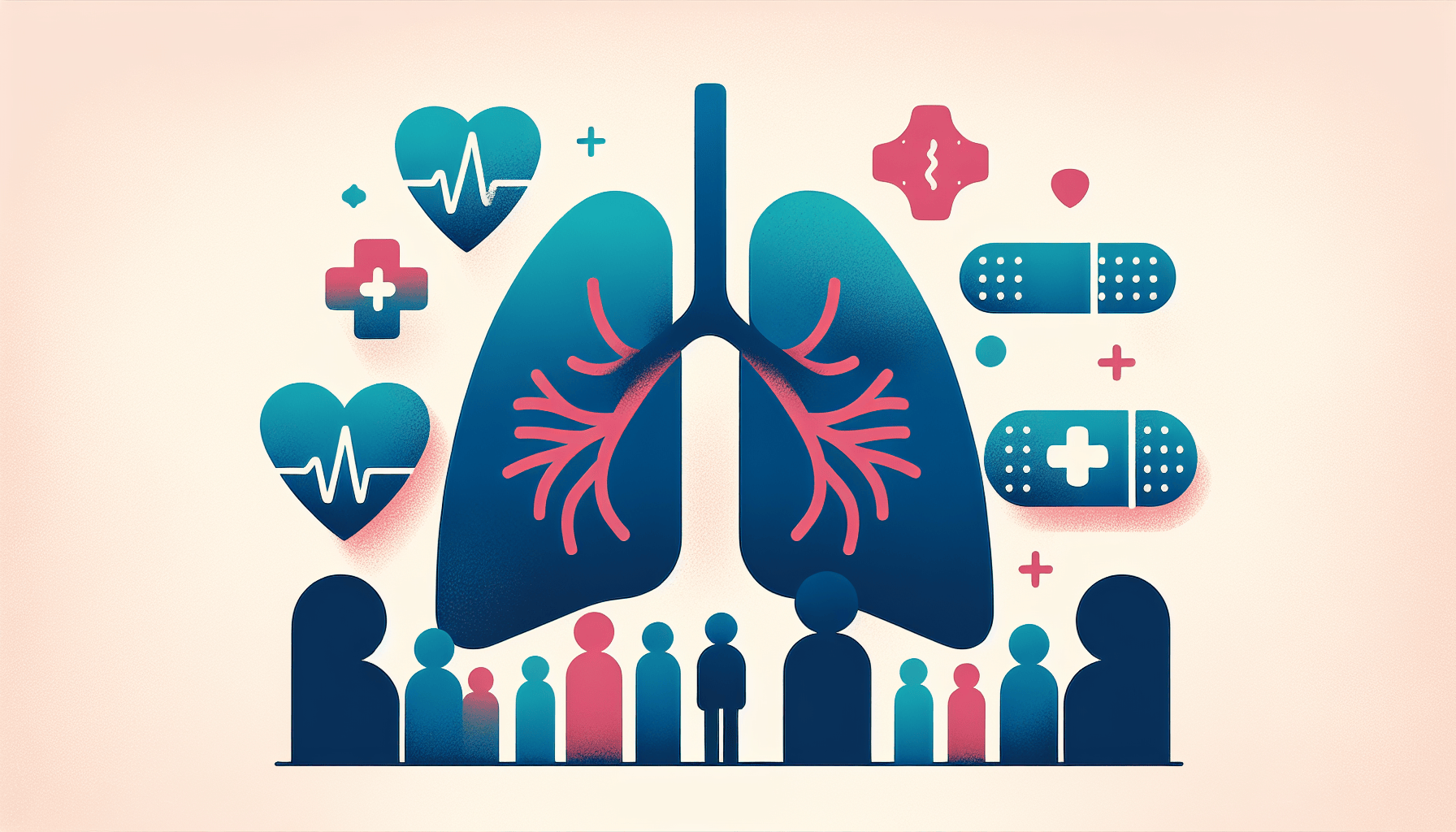Can I Take Zepbound a Day Early?
Key TakeawaysZepbound is a once-weekly injectable medication for weight management and obstructive sleep apnea (OSA) linked to obesity.Taking Zepbound a day early is [...]
Read More
Medically reviewed by Abhijit Bhattacharyya | MD, PhD, MBA, Tufts University School of Medicine - Miami, Florida on May 2nd, 2023.
Pulmonary embolism (PE) is a serious condition that occurs when a blood clot gets caught in one of the arteries that go from the heart to the lungs. This blockage can cause damage to the lungs, low oxygen levels in the blood, and harm to other organs in the body such as the heart. In severe cases, PE can be life-threatening.
Most often, pulmonary embolisms are caused by blood clots that travel to the lungs from deep veins in the legs, a condition known as deep vein thrombosis (DVT). These clots can develop when blood flow is restricted due to prolonged periods of inactivity, such as during long flights or bed rest after surgery or illness.
In other cases, PE's can be a marker for underlying diseases, such as cancer, nephrotic syndrome, or genetic conditions, like Factor V Leiden or Protein C, S, or antithrombin deficiency, or the prothrombin gene mutation. PE's are also more likely to occur in pregnancy or be related to medications such as hormone replacement or oral contraceptives.

Several factors can increase your risk of developing a pulmonary embolism, including:
Prolonged immobility or changes in normal blood flow
Hypercoagulability (blood that is more likely to clot)
Damage to blood vessel walls
Certain medications, such as birth control pills
Smoking, cancer, recent surgery (especially orthopedic procedures involving the hips or knees), or pregnancy
COVID-19
Obesity
To reduce your risk of developing a pulmonary embolism, you can take the following steps:
Take blood thinners (anticoagulants) as prescribed by your doctor
Wear compression stockings to improve blood flow in your legs
Exercise regularly and move around after prolonged periods of inactivity
Stretch your legs and ankles during long trips
Maintain a healthy weight and lifestyle
Quit smoking
If you have a history of blood clots, kidney disease, autoimmune disorders, or a family history of blood clots, discuss your risk factors with your doctor.
Treatment for pulmonary embolism depends on the severity of the condition. In life-threatening cases, doctors may administer thrombolytic drugs to break up the clot or perform surgery to remove it. However, surgery is rarely necessary.
By understanding the causes, symptoms, and prevention methods for pulmonary embolism, you can take steps to protect your health and reduce your risk of developing this serious condition. If you suspect that you or someone else may have a pulmonary embolism, seek immediate medical attention.
For more information on pulmonary embolism, visit:
Key TakeawaysZepbound is a once-weekly injectable medication for weight management and obstructive sleep apnea (OSA) linked to obesity.Taking Zepbound a day early is [...]
Read MoreKey TakeawaysZepbound is an FDA-approved medication for chronic weight management in adults with obesity or overweight, and for moderate to severe obstructive sleep apnea [...]
Read MoreKey TakeawaysZepbound is a once-weekly injectable medication that supports weight loss by activating hormone pathways regulating appetite and digestion.After the first dose, [...]
Read More